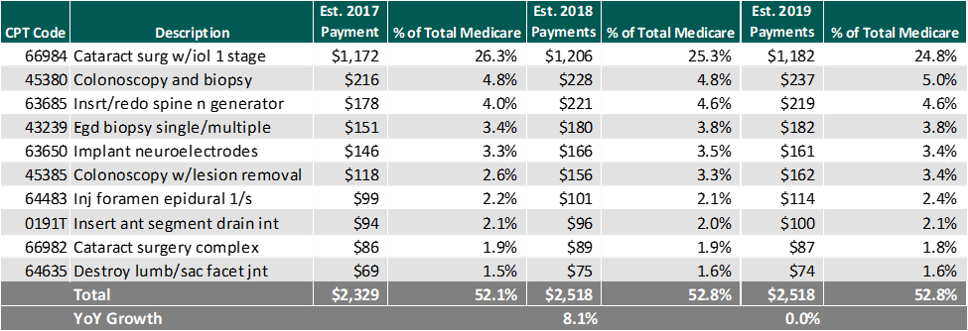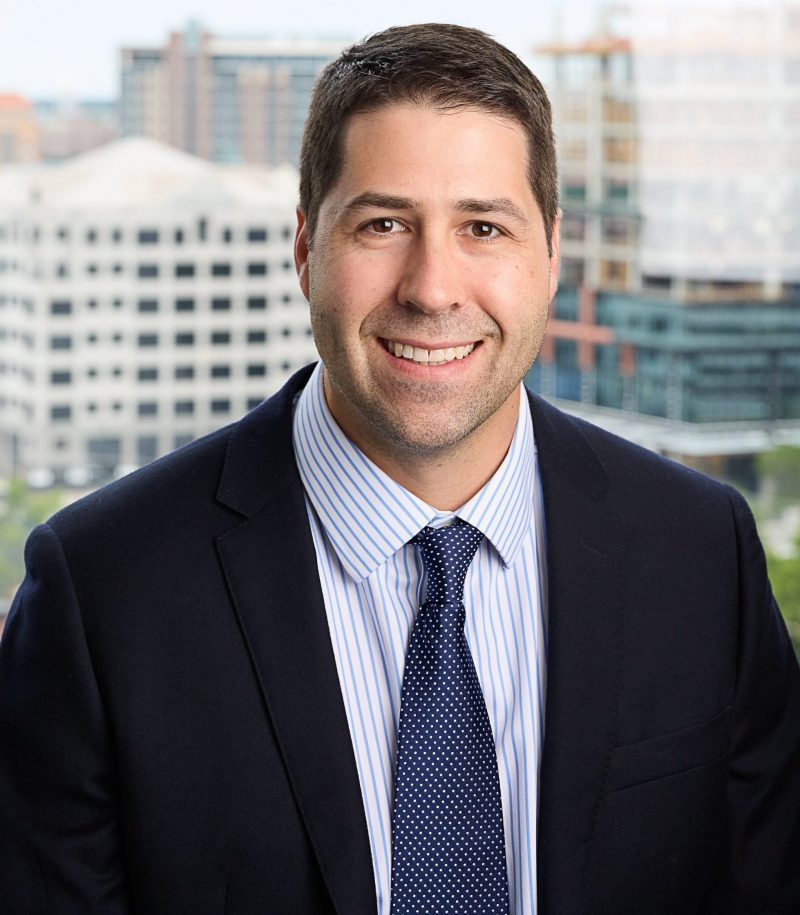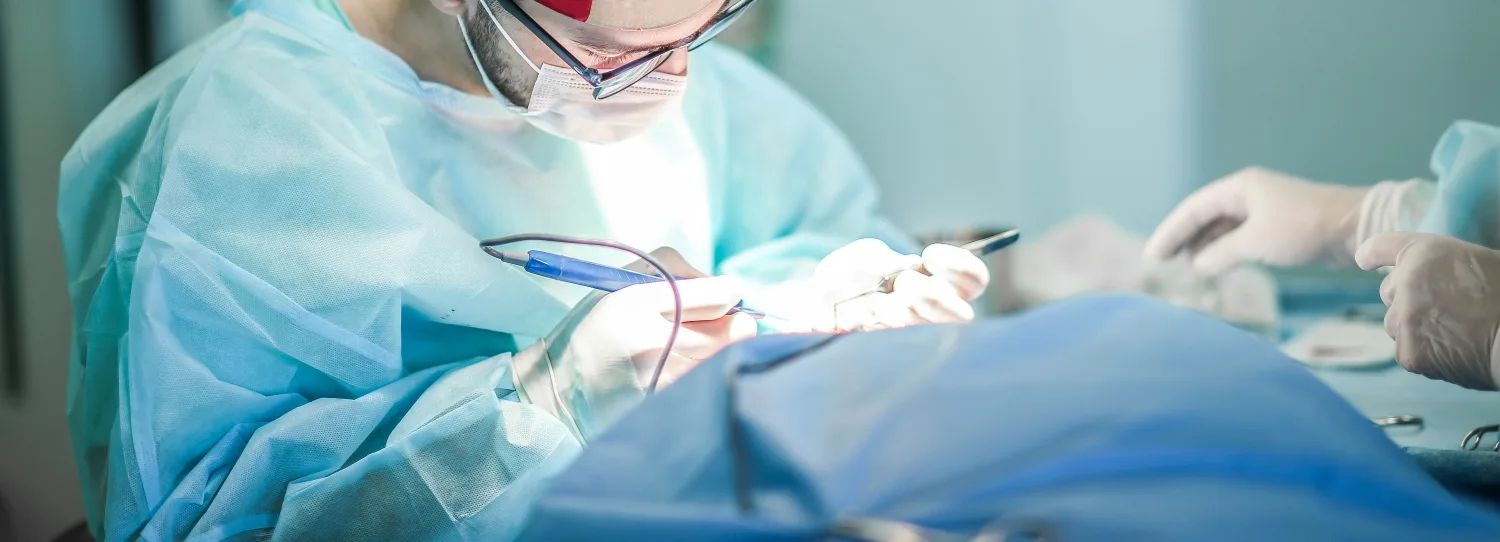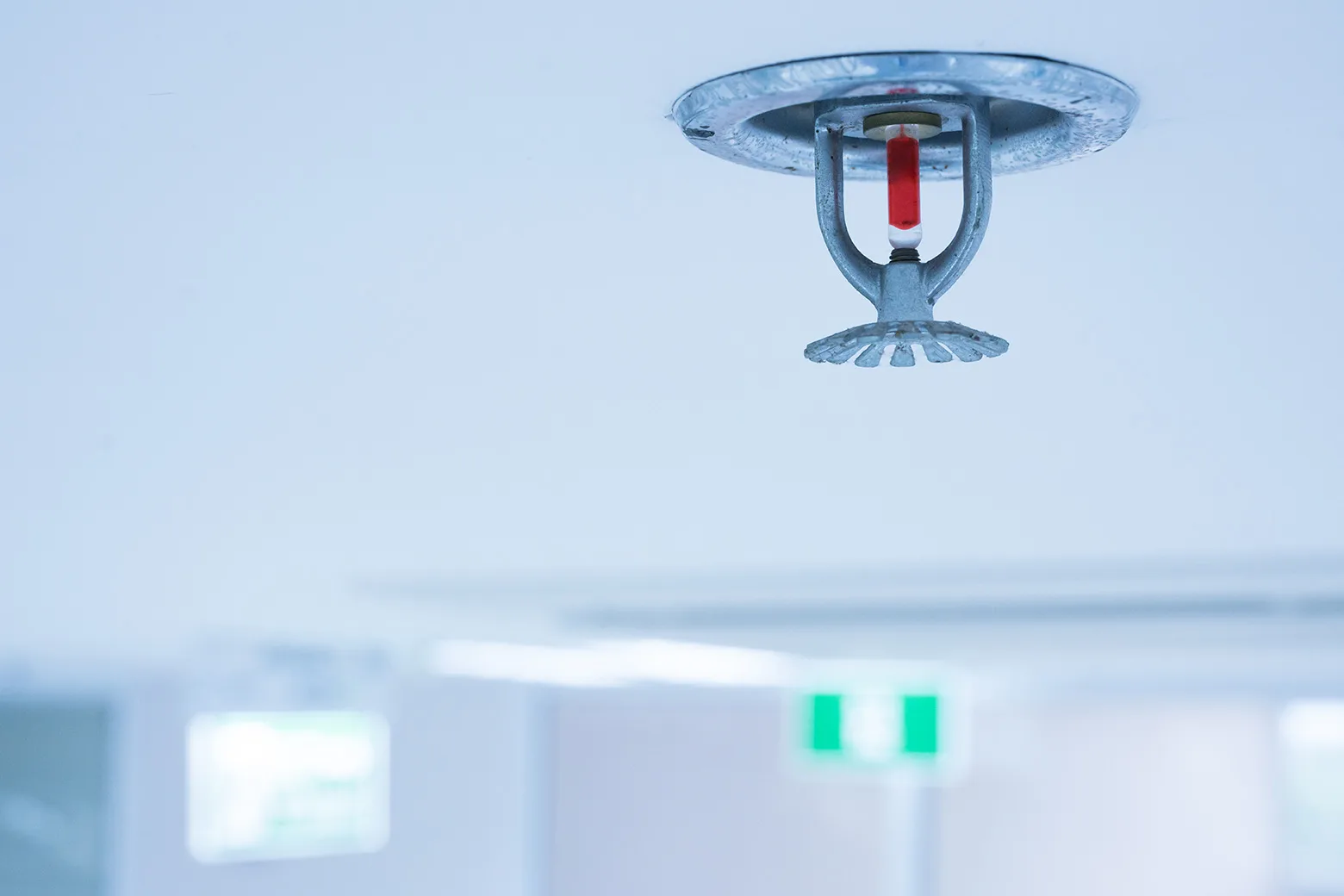
Written by Colin Park and Clint Smith
2018 was another dynamic year for the healthcare industry filled with continued evolution of patient care models and transactions aimed at gaining scale and greater vertical and horizontal integration. Amazon, JPMorgan, Berkshire Hathaway and other major players are plotting their entrance into the healthcare marketplace. The healthcare industry also absorbed the effects of nature, with two major hurricanes, and political shifts with the 2018 mid-term elections. As it relates to the ambulatory surgery center (“ASC”) market, several prominent trends have continued from 2017: the shift of higher acuity procedures from the inpatient setting to the outpatient setting, changes in reimbursement models, continued consolidation within the ASC sector, and increased activity by hospitals seeking to grow their ambulatory footprint with a particular focus on ASCs.
Transaction Activity
In 2018, we saw a plethora of smaller transactions as well as a few larger scale transactions in the ASC marketplace. The continued trend of consolidation in the ASC market was a microcosm of the healthcare industry at-large. Notable ASC transactions in 2018 include:
- In October 2018, KKR, a global investment firm, completed its acquisition of Envision Healthcare Corporation, a leading provider of physician-led services and post-acute care, and ambulatory surgery services, for $9.9 billion including debt. This transaction comes at the heels of the Envision-Amsurg deal that closed in June 2017. At the time of the transaction, Envision-Amsurg had 261 surgery centers and one surgical hospital across 35 states.
- In January 2018, Medical Facilities Corporation, in a newly formed joint venture with NueHealth, acquired seven ASCs from Meridian Surgical Partners. The JV purchased the seven centers for $46.5 million. The seven centers had an approximate combined $35.6 million of net revenue.
- Private equity firms continued to be a major player in the ASC industry. The increasingly active marketplace for PE firms can be illustrated by the number of PE-firms becoming involved in physician specialties such as gastroenterology (“GI”), ophthalmology, orthopedics, and urology.
The ASC marketplace continues to be an active transaction arena as PE firms and other major operators look to consolidate and look for new opportunities in this space. This topic was at the forefront of HCA’s 4Q Earnings call where CEO Sam Hazen mentioned that the current healthcare environment is bestowing great opportunities to make “sizeable acquisitions.”
As of December 31, 2018, the largest operators (in terms of number of ASCs) are Envision Healthcare/Amsurg Corporation, United Surgical Partners International (“USPI”), and SCA, with ownership of approximately 261, 255, and 219 ASCs, respectively. As noted in the chart below, the number of total centers under partnership by a national operator, as a percentage of total Medicare certified centers, saw a slight increase from 2017 to 2018 where it went from 27.6% to 28.5%. Additionally, of the top 5 management companies, they have increased the number of centers under management by approximately 268 centers since 2011, which represents a compound annual growth rate of 4.7%. As management companies have increased in size, they are able to increasingly provide a greater level of strategic value by bringing greater leverage with commercial payors, enhanced management and reporting capabilities, improved vendor contracts, etc. to acquisition targets.

Reimbursement
On November 1, 2017, the Medicare reimbursement fee schedule for ASCs in 2018 was finalized by the Centers for Medicare & Medicaid Services (“CMS”). CMS published the 2018 ASC payment final rule, which resulted in overall expected growth in payments equal to 1.2%. This payment rule is based on the Consumer Price Index for All Urban Consumers (“CPI-U”) update determined to be 1.7%, and the multifactor productivity (MFP) adjustment of 0.5%, resulting in an MFP-adjusted CPI-U update factor of 1.2% for CY 2018 (1.35% for HOPD’s). Moreover, the ASC payment final rule for CY 2019 was released by CMS on November 2, 2018, and the rate will increase by 2.1% in CY 2019 (1.35% for HOPD’s). The ASC payment rate is calculated based on a 2.9% CPI-U adjustment less the MFP reduction of 0.8%. The ASC industry sees the 2019 reimbursement increase as a win as CMS finalized its proposal to align update factors, moving ASCs to the hospital market basket which historically was used to update HOPD payments. Under the final rule, CMS will use the hospital market basket to update ASC payments for the next five years, through CY 2023.
The table below reflects a summary of the estimated Medicare ASC payments for 2017, 2018 and 2019 for the top 10 CPT codes performed in ASCs in 2018. As noted below, the estimated 2018 payments by Medicare for the top 10 CPT codes for 2018 is projected to remain stable through the estimated 2019 payments.

Procedures
On November 1, 2017, CMS released the 2018 OPPS and ASC Payment System final rulings, which included three new CPT codes, summarized in the chart below.

In addition to the codes above, CMS released on November 2, 2018 the addition of 12 cardiac catheterization procedures that were in the proposed rule and also five additional procedures performed during cardiac catherization procedures.
With the addition of the new codes and the final ruling for increases to ASC payments by CMS, it would be expected that total Medicare ASC payments in 2019 would increase compared to 2018. Ultimately, CMS has projected total ASC payments in 2019 to increase approximately 2.9% from 2018 payments, to be approximately $4.85 billion. The source of the increase in payments is a combination of enrollment, case-mix, and utilization changes. It should also be noted that CMS has reduced the device intensive threshold for ASC procedures to 30%.
Conclusion
In conclusion, the major trends that were originally noted in 2017 had continued through 2018. If the developments realized in 2018 continue into 2019, we expect to see further consolidation in the market and a continuation of higher acuity volume shifting into the outpatient setting and gaining approval to be performed in the ASC setting.





